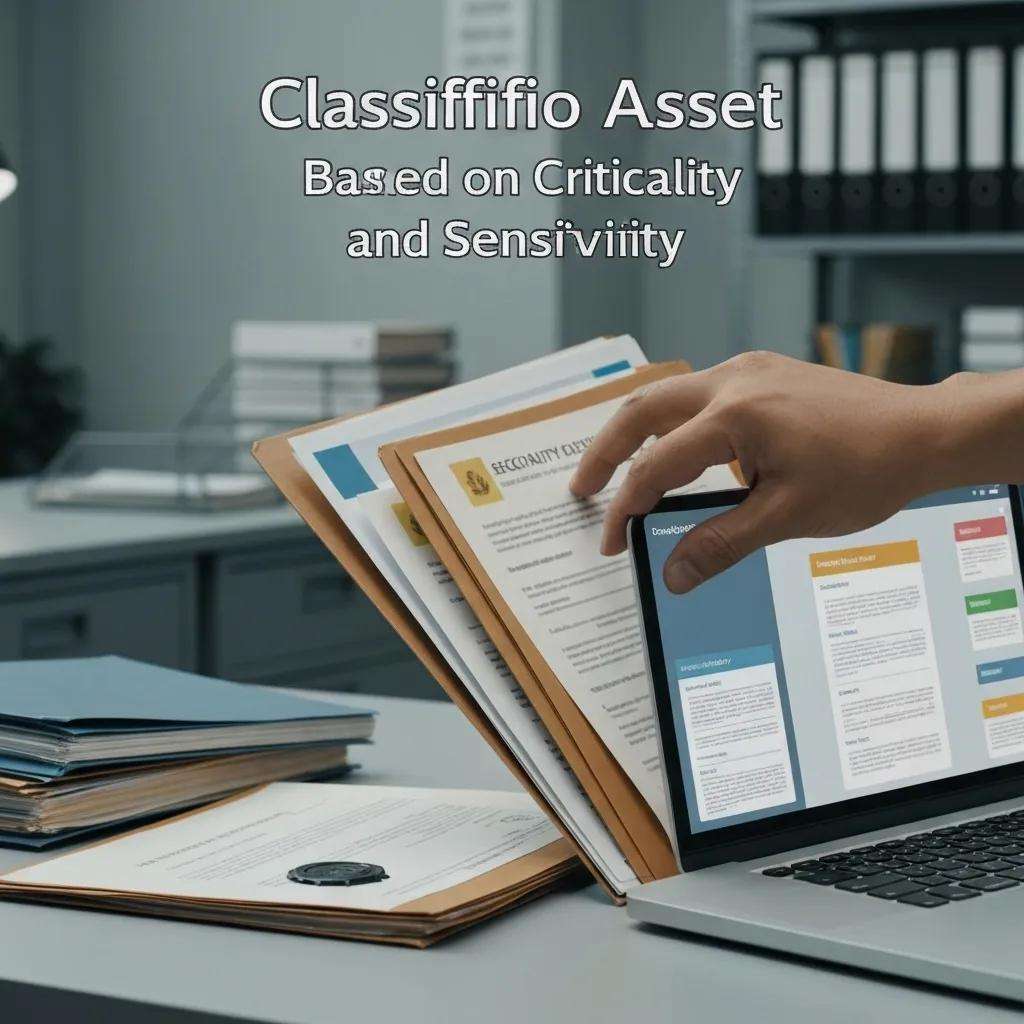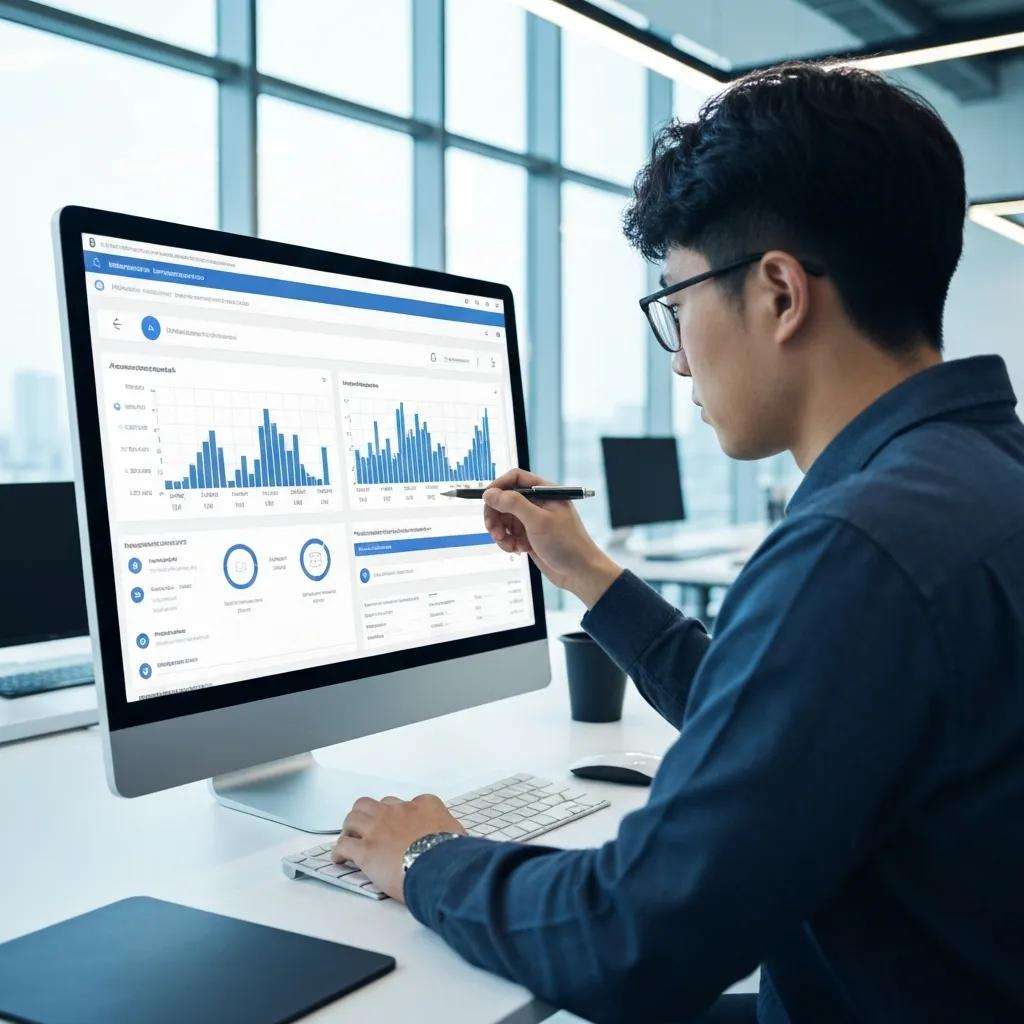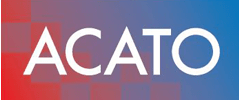Essential Steps for Asset Identification in ISO 27001 Risks

Essential Steps for Identifying Assets in ISO 27001 Risk Assessment for Effective Asset Inventory and Classification
Organizations that lack a clear asset identification process face up to 70% more security incidents, jeopardizing compliance and business continuity. This guide delivers actionable steps to define asset scope, build a robust inventory, classify by criticality and sensitivity, integrate findings into risk assessment, leverage discovery tools, and overcome common challenges. Readers will gain clarity on what constitutes an asset under ISO 27001, why identification drives risk management, how to document and update an asset register, and which techniques streamline discovery. By following these Essential Steps for Identifying Assets in ISO 27001 Risk Assessment, teams can enforce precise controls, reduce vulnerabilities, and maintain an authoritative, up-to-date asset inventory.
What Are Assets According to ISO 27001 and Why Are They Important?
ISO 27001 defines assets as any resources, information, or services that support organizational objectives, ensuring protection of value through systematic management; for example, classifying data stores prevents unauthorized disclosure. Recognizing assets establishes the foundation for risk analysis, compliance with Annex A controls, and alignment of security investments with business priorities.
How Does ISO 27001 Define Different Types of Assets?
ISO 27001 categorizes assets into five primary types—information, software, hardware, people, and services—to align protective measures with each category’s unique requirements.
- Information Assets: Data files, databases, intellectual property
- Software Assets: Applications, operating systems, scripts
- Hardware Assets: Servers, workstations, network devices
- Human Assets: Employees, contractors, user credentials
- Service Assets: Cloud platforms, third-party support, utilities
This classification enables targeted controls and ensures comprehensive coverage of all organizational components.
What Is the Role of Asset Identification in ISO 27001 Risk Assessment?
Asset identification initiates the risk assessment by revealing every item requiring protection, allowing teams to map threats and vulnerabilities accurately and select controls that mitigate potential impact. Understanding asset scope prevents gaps in security coverage and supports a holistic approach to ISMS implementation.
ISO 27001:2022, Information security, cybersecurity and privacy protection — Information security management systems — Requirements (2022)
[The Importance of Asset Identification in Information Security]
Asset identification is a crucial first step in risk assessment, enabling organizations to understand and protect their valuable resources. This process helps in mapping threats and vulnerabilities accurately, which is essential for selecting appropriate security controls and aligning investments with business priorities.
How Do the CIA Principles Apply to Asset Protection?
- Confidentiality – Restrict access to sensitive information through encryption.
- Integrity – Validate data accuracy with checksums and version controls.
- Availability – Maintain uptime via redundancy and backup solutions.
Aligning CIA with each asset type improves resilience and reduces exposure to breaches.
Key Steps to Identify, Inventory, and Classify ISO 27001 Assets
Asset identification follows a five-step sequence to establish a reliable asset register that drives risk assessment and compliance; for example, defining scope concentrates efforts on relevant systems and processes.
How to Define Scope and Boundaries for Asset Identification?
Defining scope and boundaries clarifies which business functions, locations, and IT environments fall under the ISMS, preventing resource waste and uncontrolled expansion.
- Identify organizational units and physical sites in scope.
- List critical business processes and data flows.
- Document inclusion and exclusion criteria.
Clear boundaries enable focused inventory efforts and seamless integration with risk assessment.
How to Create a Comprehensive Asset Inventory?
Creating an asset inventory compiles all tangible and intangible resources into a centralized register to support tracking and control allocation.
- Gather hardware, software, data repositories, user accounts, and services.
- Use standardized templates with fields for owner, location, and classification.
- Validate entries through interviews and automated discovery.
A complete inventory establishes transparency and simplifies ongoing management.
How to Classify Assets Based on Criticality and Sensitivity?

NIST Special Publication 800-12, An Introduction to Computer Security: The NIST Handbook (1995)
[Asset Classification and Risk Management]
Classifying assets based on their criticality and sensitivity is a key step in aligning protection levels with business impact and data confidentiality requirements. This classification guides control selection and resource prioritization for risk treatment, ensuring that the most valuable assets receive the most attention.
| Asset Type | Criticality Level | Sensitivity Example |
|---|---|---|
| Information Asset | High | Financial records |
| Hardware Asset | Medium | Network switches |
| Software Asset | High | Customer database applications |
This matrix guides control selection and resource prioritization for risk treatment.
How to Assign Ownership and Responsibilities for Assets?
- Appoint an owner for each asset entry.
- Define roles for custodians and users.
- Document approval and escalation workflows.
Clear responsibilities foster accountability and streamline governance.
How to Document and Maintain the Asset Register Effectively?
- Include fields for change history and review dates.
- Schedule quarterly audits and reconcile with change control logs.
- Implement versioning to track modifications.
A well-maintained register sustains reliability and feeds directly into the ISO 27001 risk process.
How Does Asset Identification Integrate with ISO 27001 Risk Assessment?
Integrating identified assets into risk assessment maps each item’s value and exposure to potential threats, for example linking server assets to vulnerability scans to quantify impact scenarios.
How Are Identified Assets Linked to Threats and Vulnerabilities?
Linking assets to threats and vulnerabilities maps potential attack vectors to specific resources, enabling targeted control deployment.
- Catalog known threats against asset categories.
- Cross-reference vulnerabilities discovered in scans.
- Prioritize asset–threat pairs by business impact.
This mapping ensures risk assessments reflect real-world exposure.
What Is the Impact and Likelihood Analysis Based on Asset Value?
Performing impact and likelihood analysis based on asset value quantifies risk levels and guides resource allocation to the highest-priority items.
- Define impact criteria (financial loss, reputational damage).
- Assess likelihood using historical data and threat intelligence.
- Calculate risk ratings to rank treatment activities.
Quantitative analysis drives objective decision-making in risk treatment planning.
How to Develop Risk Treatment Plans Using Asset Information?
- Identify treatment options (avoid, mitigate, transfer, accept).
- Map controls to asset profiles and risk ratings.
- Assign task owners and deadlines using the asset register.
This approach produces actionable plans that strengthen ISMS effectiveness.
What Tools and Techniques Facilitate Efficient ISO 27001 Asset Identification?
Using specialized tools accelerates asset discovery by automating inventory and classification, for example network scanners reveal unmanaged devices to bridge register gaps.
Which Software Solutions Support Asset Inventory and Discovery?
Asset management platforms and configuration management databases support inventory and discovery by scanning networks and aggregating metadata into centralized dashboards.
- CMDB solutions integrate with ITSM workflows.
- Vulnerability scanners identify software versions and patches.
- Cloud-native discovery tools map virtual assets.
Automated solutions reduce manual effort and improve accuracy.
What Are Best Practices for Using Automated Asset Management Tools?

Best practices for automated tools include scheduling periodic scans, integrating with change management, and validating outputs against manual findings.
- Configure scan scopes to match ISMS boundaries.
- Sync with procurement and decommissioning records.
- Review false positives through periodic manual audits.
These practices ensure the tool-generated inventory remains reliable and current.
What Are Common Challenges in ISO 27001 Asset Identification and How Can They Be Overcome?
Asset identification often faces gaps due to shadow IT and outdated registers, impacting risk visibility; for example, unmanaged cloud services can escape detection.
How to Address Shadow IT and Hidden Assets?
Addressing shadow IT involves combining automated scanning with stakeholder interviews to uncover unmanaged applications and services.
- Conduct business-unit workshops to identify unsanctioned tools.
- Deploy continuous network discovery agents.
- Audit procurement and billing records for hidden subscriptions.
This hybrid approach exposes blind spots and improves register completeness.
How to Ensure Accuracy and Regular Updates in Asset Registers?
Ensuring accuracy requires establishing regular reviews and integrating with change management processes to capture new, modified, or retired assets.
- Institute quarterly asset validation meetings.
- Tie register updates to IT change-control workflows.
- Implement automated alerts for unverified entries.
Ongoing governance preserves register integrity and aligns with evolving organizational environments.
Implementing these steps ensures a comprehensive, accurate asset inventory that underpins effective ISO 27001 risk assessment and control selection. By defining scope, cataloging resources, classifying by impact, and maintaining the register, organizations gain clear visibility into their security posture. Leveraging automated tools and addressing gaps such as shadow IT further enhances reliability and reduces exposure. Continuous review and governance lock in long-term compliance and resilience.
